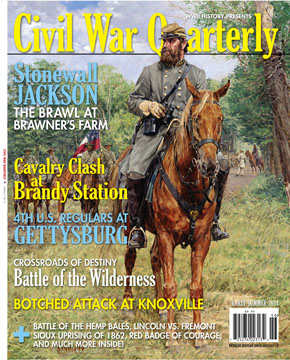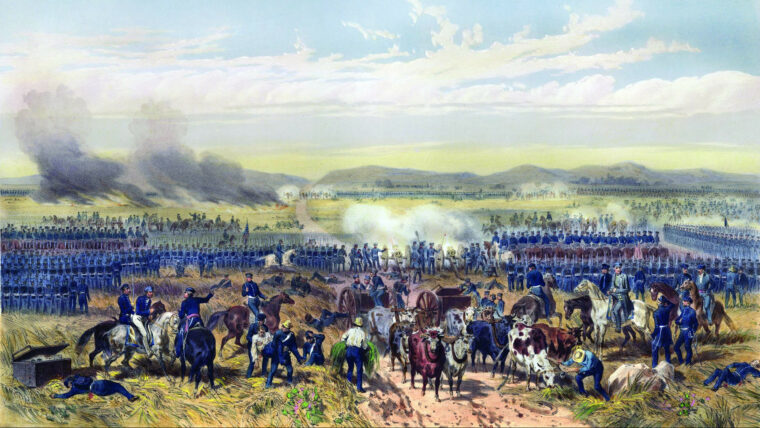
Mexican-American war
Curtiss Flying Jennies Pursue Pancho Villa Across Northern Mexico
By M. L. WebsterAt four-thirty on the morning of March 19, 1916, the sound of gunfire echoed through the streets of Columbus, New Mexico, a border settlement of adobe houses, a bank, a post office and a few stores surrounded by cactus, mesquite and rattlesnakes. Read more






















